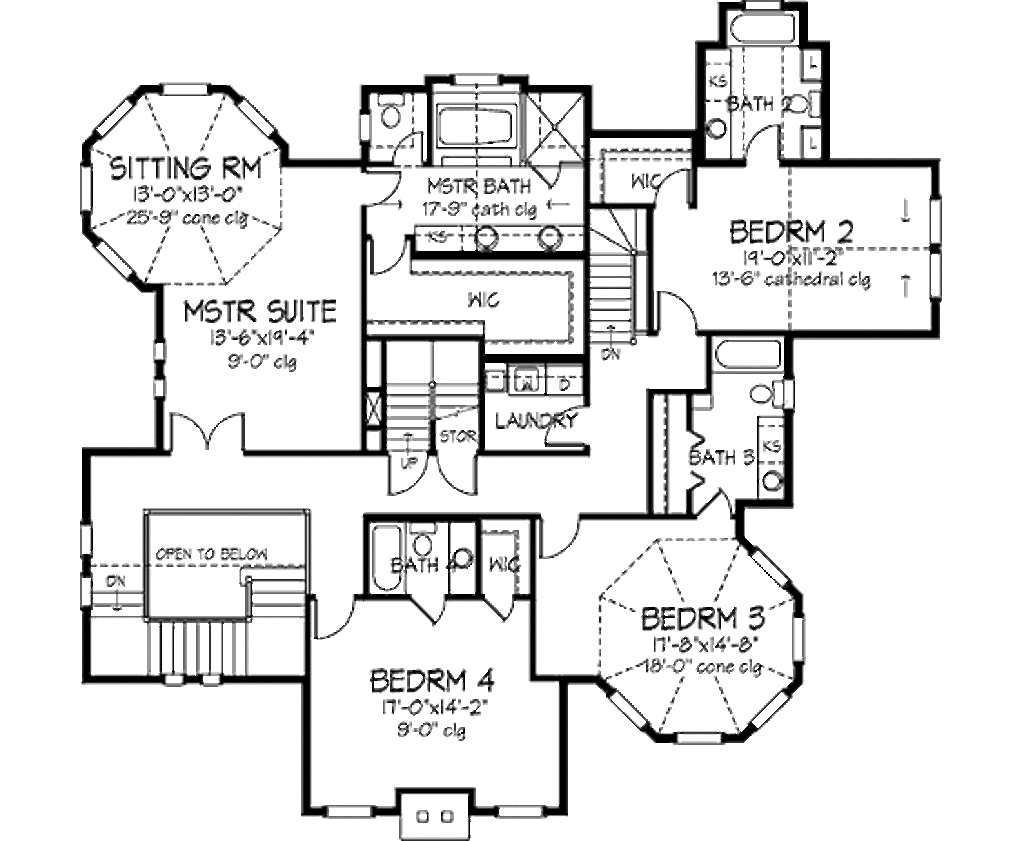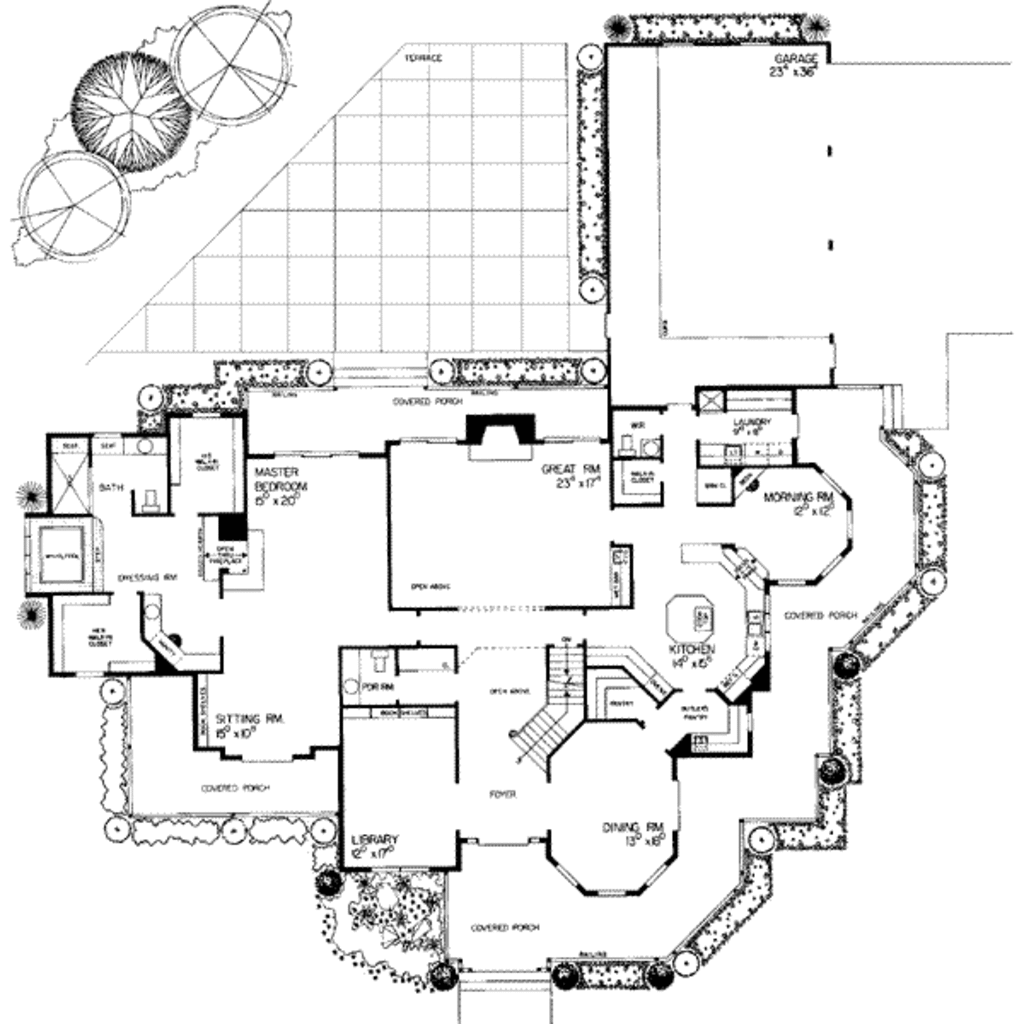
The Beauty of Victorian Homes

Victorian homes are known for their elegance, charm, and intricate details. These architectural masterpieces originated during the reign of Queen Victoria, from 1837 to 1901. The Victorian era was a time of great innovation and progress, and this is reflected in the design of these homes.
One of the most fascinating aspects of Victorian homes is their floor plans. These floor plans were designed to accommodate the needs of the growing middle class during that time. They were known for their spaciousness and versatility, allowing families to live comfortably and entertain guests.
Types of Victorian Homes

Victorian homes come in various architectural styles, each with its own unique features and floor plans. Some of the most popular types include:
1. Queen Anne

The Queen Anne style is known for its asymmetrical design, elaborate ornamentation, and vibrant colors. These homes typically have multiple gables, turrets, and bay windows. The floor plans are often open and spacious, with rooms flowing into each other.
2. Italianate

Italianate Victorian homes are inspired by Italian Renaissance architecture. They feature tall, narrow windows, decorative brackets, and ornate cornices. The floor plans are usually rectangular, with a central hallway and rooms branching off on either side.
3. Gothic Revival

Gothic Revival homes draw inspiration from medieval Gothic architecture. They have steeply pitched roofs, pointed arches, and intricate tracery. The floor plans are often characterized by large, open spaces and high ceilings.
4. Second Empire

Second Empire homes are influenced by French architecture during the reign of Napoleon III. They feature mansard roofs, dormer windows, and elaborate detailing. The floor plans are typically symmetrical, with rooms arranged around a central hallway.
Key Features of Victorian Home Floor Plans

Victorian home floor plans have several distinctive features that set them apart from other architectural styles. These features include:
1. Ornate Entryways

The entryways of Victorian homes are often grand and ornate, featuring intricate woodwork, stained glass windows, and decorative moldings. They serve as a focal point and set the tone for the rest of the house.
2. Multiple Stories

Victorian homes are typically multi-story, with two or more levels. The first floor usually contains the main living areas, while the upper floors house the bedrooms and additional living spaces. The taller height of Victorian homes allows for high ceilings and larger windows.
3. Towers and Turrets

Towers and turrets are common features in Victorian homes. They add visual interest and create unique interior spaces. These architectural elements often provide panoramic views of the surroundings and can be used as reading nooks or small sitting areas.
4. Bay Windows

Bay windows are a hallmark of Victorian homes. They protrude from the exterior, allowing for more natural light to enter the rooms. These windows also create cozy alcoves inside, perfect for seating or displaying plants and decorative items.
5. Servant Quarters

During the Victorian era, many affluent families had live-in servants. Victorian homes were designed with separate quarters for the servants, often located on the upper floors or in the basement. These quarters typically included small bedrooms, a kitchen, and sometimes a separate entrance.
Modern Adaptations of Victorian Homes Floor Plans

While Victorian homes are known for their historical charm, many modern adaptations have been made to cater to contemporary lifestyles. These adaptations include:
1. Open Floor Plans

Open floor plans have become increasingly popular in modern Victorian homes. Walls between rooms are removed to create a more spacious and connected living area. This adaptation allows for better flow and interaction between family members and guests.
2. Updated Kitchens and Bathrooms

Victorian homes often had small and outdated kitchens and bathrooms. Modern adaptations include renovating these spaces to incorporate modern appliances, fixtures, and storage solutions, while still preserving the architectural charm of the era.
3. Energy Efficiency

Many Victorian homes have been retrofitted with energy-efficient features to reduce their environmental impact. This includes adding insulation, upgrading windows, and installing energy-efficient heating and cooling systems. These adaptations help to preserve the historic charm while improving energy efficiency.
Conclusion
Victorian homes with their intricate details and unique floor plans continue to capture the imagination of homeowners and architecture enthusiasts alike. Whether you prefer the ornate beauty of Queen Anne or the Gothic elegance of Gothic Revival, Victorian homes offer a timeless charm that is hard to resist.